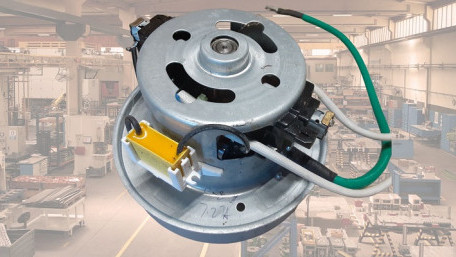
Single-phase motors are common in household and small industrial devices. They are a bit more complex than 3-phase models, so it’s important to recognize…
Single-phase motors are common in household and small industrial devices. They are a bit more complex than 3-phase models, so it’s important to recognize failure modes and common symptoms.
Compliance and compensator devices are used in processes where variation and uncertainty are prevalent. What sorts of…
Compliance and compensator devices are used in processes where variation and uncertainty are prevalent. What sorts of compliance devices are used, and what distinct advantages are held by each?
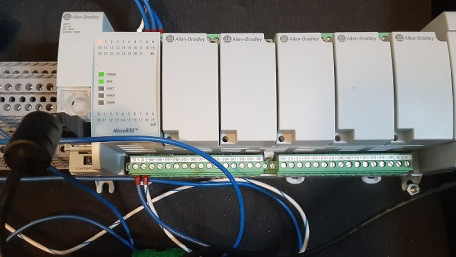
Rockwell Automation’s Micro800 series is the modern replacement for some older MicroLogix PLCs. Learn how to get…
Rockwell Automation’s Micro800 series is the modern replacement for some older MicroLogix PLCs. Learn how to get started with basic I/O, plus timers and counters, to build your own programs in a snap!
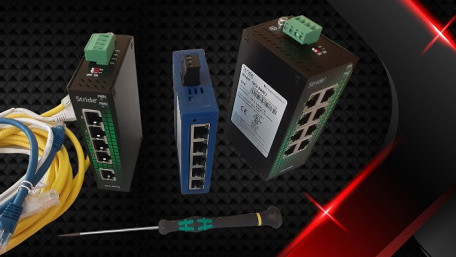
I could run down to the local box store or internet marketplace and buy a 5-port switch for less than 20 dollars, or…
I could run down to the local box store or internet marketplace and buy a 5-port switch for less than 20 dollars, or invest in an industrial switch for hundreds. Why would I choose the industrial switch?
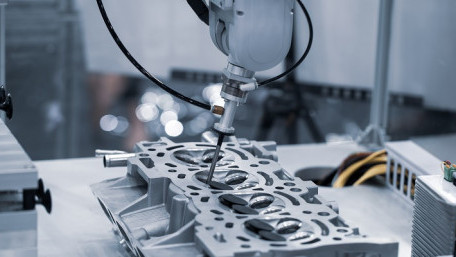
Force compensators and force compliance end effectors can expand the capabilities of traditional robotics to reach into…
Force compensators and force compliance end effectors can expand the capabilities of traditional robotics to reach into difficult processes, ranging from grinding and alignment to precision measurement.
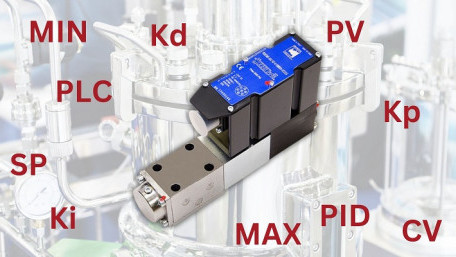
Implementing PID control in a PLC is far more complicated than textbooks would make it appear. There is more to the…
Implementing PID control in a PLC is far more complicated than textbooks would make it appear. There is more to the process than simply picking gain (k) values and calculating an output value.
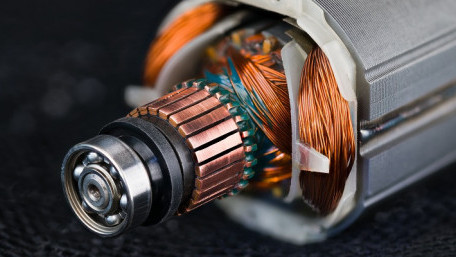
Direct current (DC) motors have existed since the late 19th century. What sets these motors apart from AC models, how do…
Direct current (DC) motors have existed since the late 19th century. What sets these motors apart from AC models, how do you control them, and how can you tell when it’s time to repair or replace them?
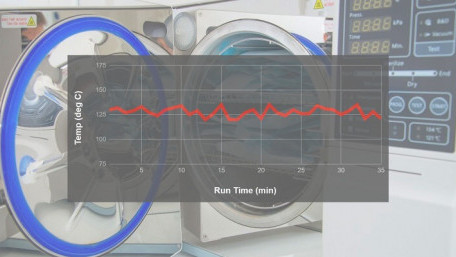
Temperature profiling is an effective tool to monitor thermal properties in process equipment. This article defines…
Temperature profiling is an effective tool to monitor thermal properties in process equipment. This article defines temperature profiling, discusses the process components, and describes the various benefits it offers.
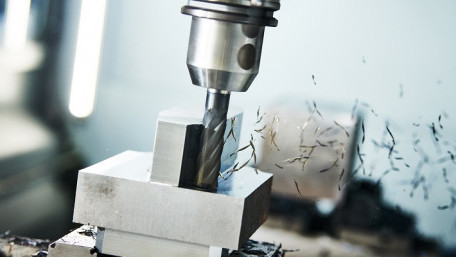
Learn how to build a machine learning model to predict failure classification based on machine parameters using a…
Learn how to build a machine learning model to predict failure classification based on machine parameters using a synthetic dataset modeled after a milling machine, the same process used in real-world systems.
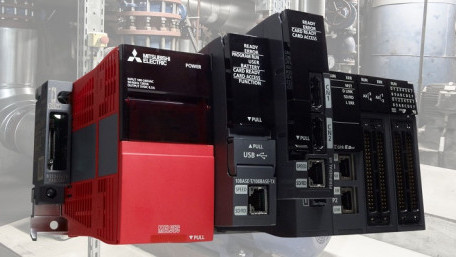
Setting and resetting a PLC output is essential in establishing a holding circuit for a transducer. Learn how to use…
Setting and resetting a PLC output is essential in establishing a holding circuit for a transducer. Learn how to use set/reset instructions in MELSOFT series GX Works2 to latch and release an output.
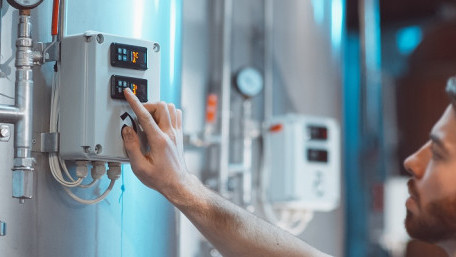
Process automation relies on precise control systems to operate production equipment for everything from lumber to…
Process automation relies on precise control systems to operate production equipment for everything from lumber to pastries. Using control algorithms produces stable, accurate, and often delicious results.
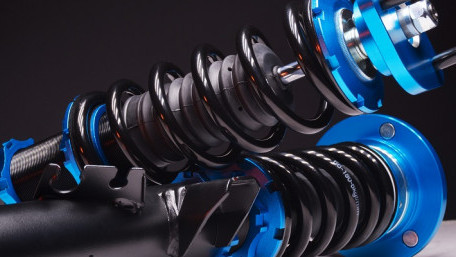
Transfer functions allow systems to be converted from non-algebraic time measurement units into equations that can be…
Transfer functions allow systems to be converted from non-algebraic time measurement units into equations that can be solved, but how do these functions work, and why do we use them?
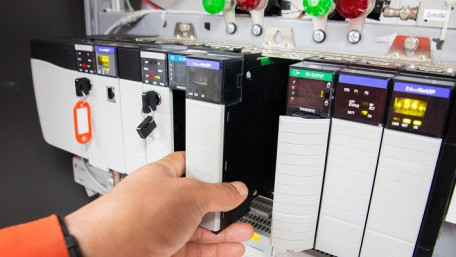
Is it best to ‘controller scope’ or ‘program scope’ your tags? This is the question asked by many new PLC…
Is it best to ‘controller scope’ or ‘program scope’ your tags? This is the question asked by many new PLC programmers, and it often comes down to personal preference.
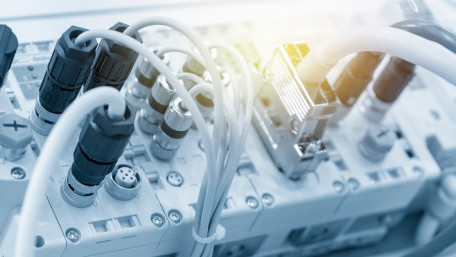
Industrial and robotics cabling requires specialized termination strategies. This article introduces connectors involved…
Industrial and robotics cabling requires specialized termination strategies. This article introduces connectors involved in automation applications for cable-to-cable or cable-to-device termination.
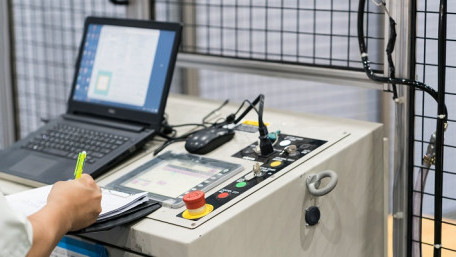
Any kind of computer programming can be challenging to determine what aspects are truly unique versus what aspects should…
Any kind of computer programming can be challenging to determine what aspects are truly unique versus what aspects should be standardized across projects and platforms to streamline future development.
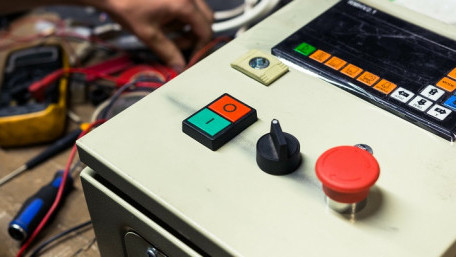
This article features an in-depth discussion of the various options for buttons and switches, including function, styles,…
This article features an in-depth discussion of the various options for buttons and switches, including function, styles, shapes, and illumination options for all kinds of control panel inputs.
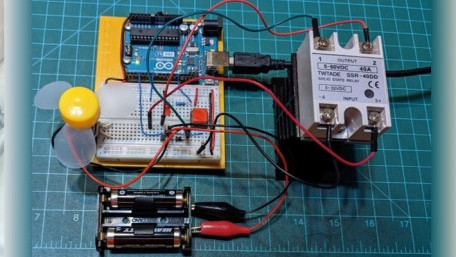
Variable control allows external conditions, like temperature, to be monitored so the controller can activate devices to…
Variable control allows external conditions, like temperature, to be monitored so the controller can activate devices to heat or cool the system as needed. Simulate a temp controller with low-cost components!
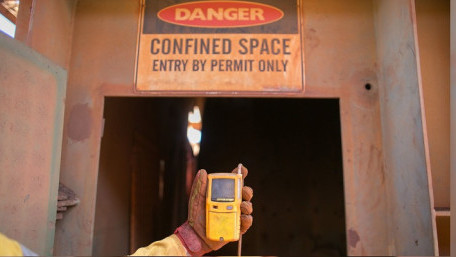
We see smoke detectors on a daily basis in every house and building we visit, but the same sensor elements, and others,…
We see smoke detectors on a daily basis in every house and building we visit, but the same sensor elements, and others, can be used to detect the presence of harmful gasses and heat in all industries.
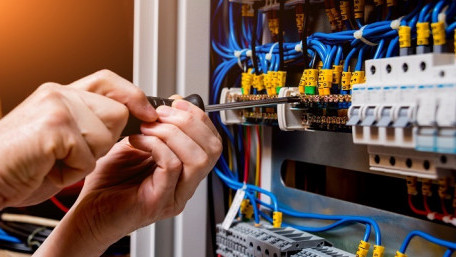
Designing, installing, and maintaining control systems involves a lot of wires. Each wire has a purpose, often indicated…
Designing, installing, and maintaining control systems involves a lot of wires. Each wire has a purpose, often indicated by the color of the insulation. But what are the common colors, and what do they mean?
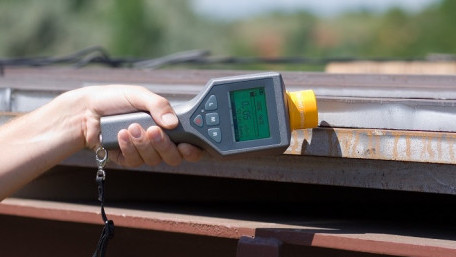
Radiation, despite its reputation in pop culture as a harmful emission resulting from a natural disaster, is a property…
Radiation, despite its reputation in pop culture as a harmful emission resulting from a natural disaster, is a property of many materials and processes and must be carefully monitored for quality and safety.
